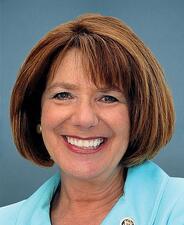Politics and Government
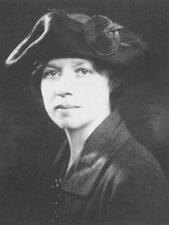
Rose Gollup Cohen
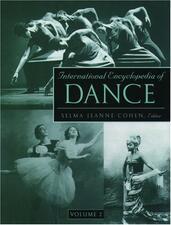
Selma Jeanne Cohen
It was Selma Jeanne Cohen’s mission in life to make dance scholarship a respected field, taking its place with the study of the other arts both in society and, particularly, the university. As a writer, editor, and teacher, she was a leader in transforming dance history, aesthetics, and criticism into respected disciplines. Cohen founded the Society of Dance History Scholars and received the first Dance Magazine Award ever given to a dance historian.
Felice Cohn
Felice Cohn was one of Nevada’s first women lawyers in the early twentieth century, an author of suffragist legislation in Nevada, and one of the first women allowed to argue before the United States Supreme Court.
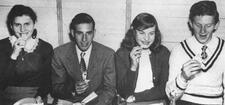
College Students in the United States
Colonial Entrepreneurs: A Quartet of Jewish Women
Esther Pinheiro, Esther Brown, Rachel Luis, and Simja De Torres were widows, each held property, and each was at one time or another a merchant. Although they have been overlooked by history, written records that document their activities demonstrate the lives of well-off colonial Jewish women.
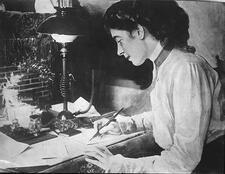
Communism in the United States
From the 1920s into the 1950s, the Communist Party USA was the most dynamic sector of the American left, and Jewish women—especially Yiddish-speaking immigrants and their American-born daughters—were a major force within the party and its affiliated organizations. Their numbers included community organizers, labor activists, students, artists and intellectuals. When the communist movement faded in the 1950s, these women carried radical traditions into new movements for social justice and international cooperation.
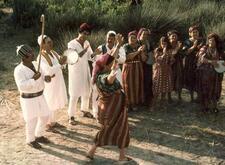
Community Dance Practices in the Yishuv and Israel: 1900-2000
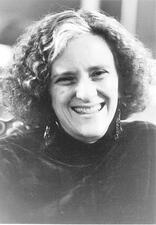
Conservative Judaism in the United States
Women have played a pivotal role in propelling the Conservative Movement to confront essential issues including Jewish education and gender equality. The Movement’s attention to issues such as the religious education of Jewish girls, the status of the agunah (deserted wife), equal participation of women in ritual, the ordination of women, and innovations in liturgy and ritual to speak to women’s experiences has helped to shape the self-definition of Conservative Judaism, and has enabled talented Jewish women to reach new heights in religious leadership.
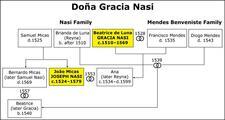
Conversas
After the establishment of the Inquisition in 1478, observance of crypto-Judaism became dangerous and more difficult. Women were at the center of Judaizing efforts, since the home was the only remaining institution in which one could observe Jewish law. Crypto-Jewish women most frequently observed the Sabbath and dietary laws.
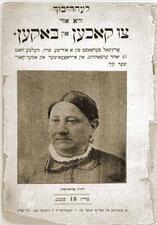
Cookbooks in the United States
American Jewish cookbooks capture the range of Jewish religious and cultural expression in the United States. Women took advantage of the versatility and variety of cookbooks to add their voices to the growing and developing Jewish culture in the United States.
Jo Copeland
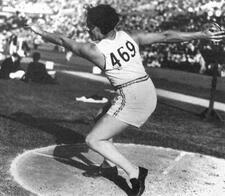
Lillian Copeland
Rose Laub Coser
Sociologist Rose Laub Coser redefined major concepts in role theory—the idea that our actions are largely dictated by our roles in society—and applied them to expectations of women’s roles in the family and the workplace.
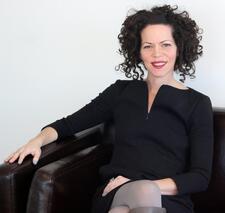
Stosh Cotler

Selma Cronan
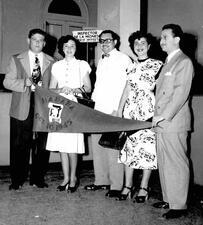
Cuba
Ellen Odetta Cuffe
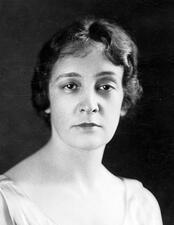
Ray Karchmer Daily
Ophthalmologist Ray Karchmer Daily fought for equality and accessibility for women and children in Texas. The first Jewish woman to graduate from a Texas medical school, Daily advocated for equal treatment of female medical students and promoted equitable policies for low-income and disabled students in the Texas school system.
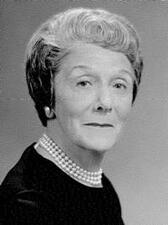
Helen Miller Dalsheimer
Helen Miller Dalsheimer was a leader in the Jewish community, both nationally and in her native Baltimore. She had a distinguished career as a volunteer, helping lead organizations such as the National Federation of Temple Sisterhoods and the Women’s Hospital of Baltimore.

Modern Dance Performance in the United States
Jewish immigrants to the New World brought with them their ritual and celebratory Jewish dances, but these traditional forms of Jewish dance waned in the United States. Working-class and poor Jewish immigrants parents sought out culture and education in the arts for their children, often as a vehicle for assimilation. Jewish women were particularly attracted to the field of modern dance.
Annette Daum
A deeply religious feminist, Annette Daum dedicated her life to two causes: interfaith dialogue and feminism. Among other leadership positions, she coordinated interreligious affairs at the Union of American Hebrew congregations, edited the journal Interreligious Currents, and organized various task forces focused on gender equality and Jewish-Christian feminist dialogue.
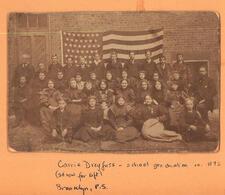
Carrie Dreyfuss Davidson
Carrie Dreyfuss Davidson became an important voice for women in the Conservative Movement as a founder of United Synagogue’s Women’s League and founding editor of its journal Outlook. Davidson exemplified the often-competing paradigms of Jewish homemaker and accomplished writer and community leader.
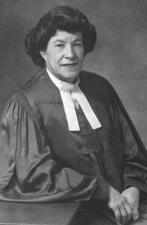
Rita Charmatz Davidson
